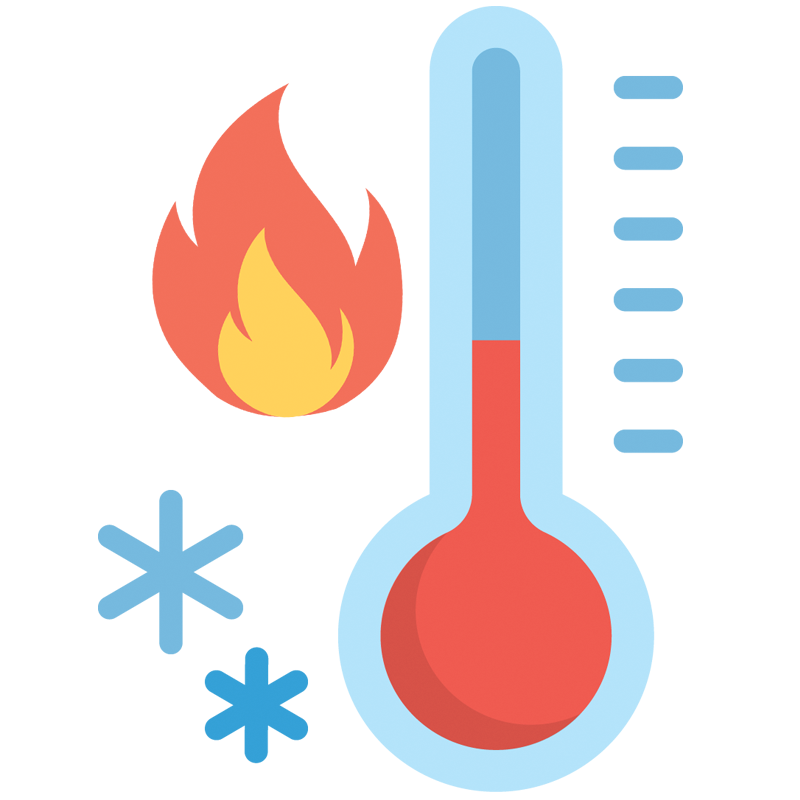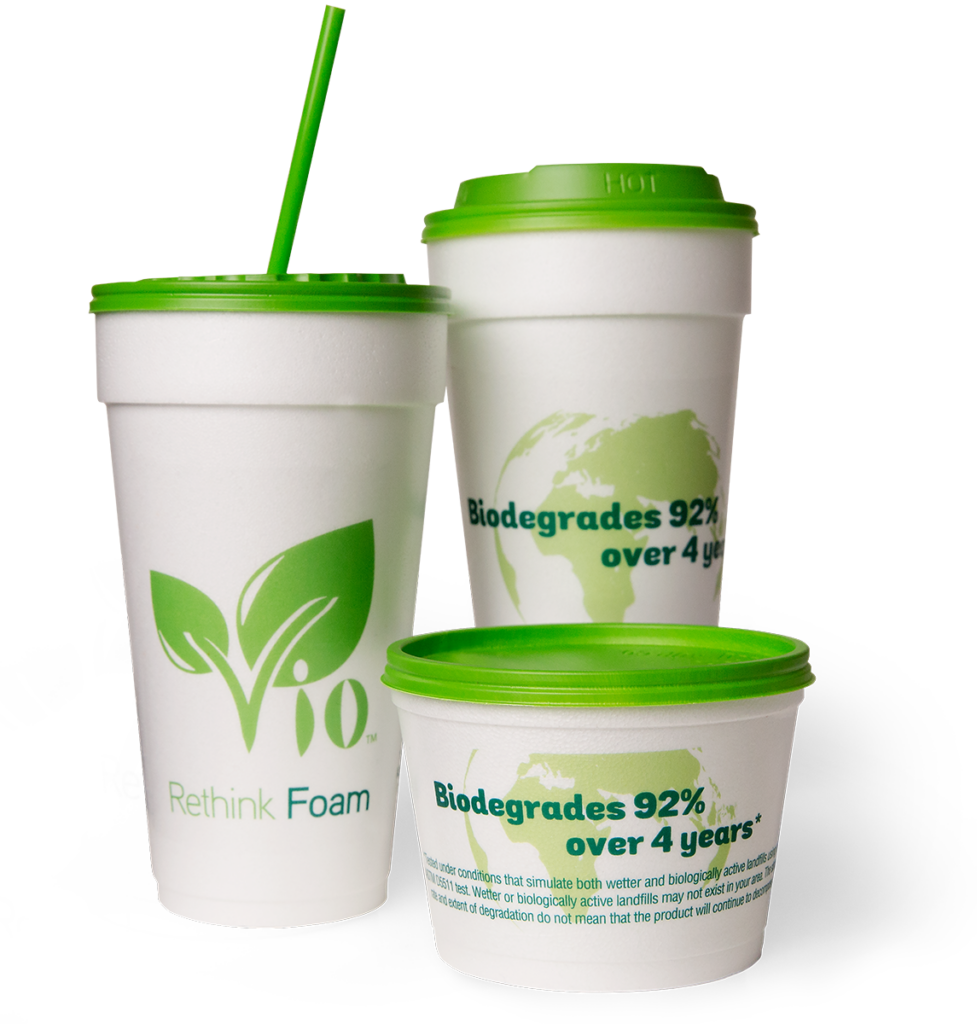
The statistics say it all. It takes 50% less energy+ to produce polystyrene versus your average paperboard hot beverage cup with corrugated sleeve.Additionally, 20% less water++ is used in the production of polystyrene foam products than paperboard products. In the end, it’s about minimizing the use of our natural resources and negative impact on our energy sources.

Expanded polystyrene (EPS) foam cups are 100% recyclable.** Paper cups with a poly-lining generally are not. +++ Somewhere along the line, foam developed a negative reputation, but when it comes to reducing waste, EPS foam is a better option.
**Recycling facilities for this product may not exist in your area.

EPS foam cups cost less than paper with a poly-lining. in fact, EPS foam is the least expensive substrate available for disposable cups.

EPS foam cups are the best insulator for keeping drinks hotter or colder for longer than paper or plastic cups.

Meet Vio®, the world’s first biodegradable* foam cup. Vio has all the performance of foam cups, plus an eco-friendly end-of-life story that customers really go for. Good to you. Good to your customers. Good to go.
Vio has all the performance of foam cups, plus an eco-friendly end-of-life story that customers really go for. Good to you. Good to your customers. Good to go.

*Cups biodegrade 92% over 4 years. Tested under conditions that simulate both wetter and biologically active landfills using the ASTM D5511 test. Wetter or biologically active landfills may not exist in your area. The stated rate and extent of degradation do not mean that the product will continue to decompose.
Vio is not for sale, or offered for sale, in CA, CO, MD, MN, NJ, NY, WA and VT.
+Franklin Associates, LCI, March 2008
++Franklin Associates, LCI, 2011
+++Cascade Policy Institute, 1998 Policy Insight, “Paper Waste; Why Portland’s Ban on Polystyrene Foam Products has been a Costly Failure